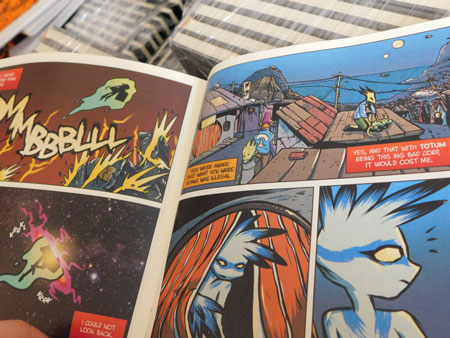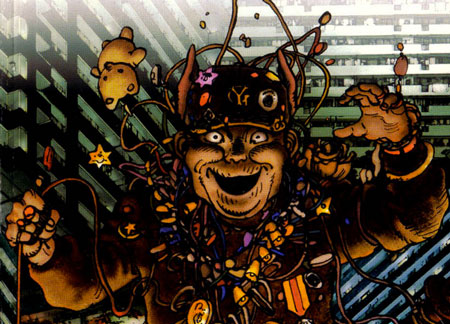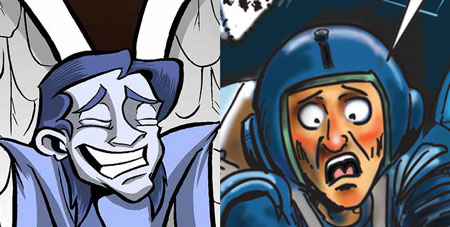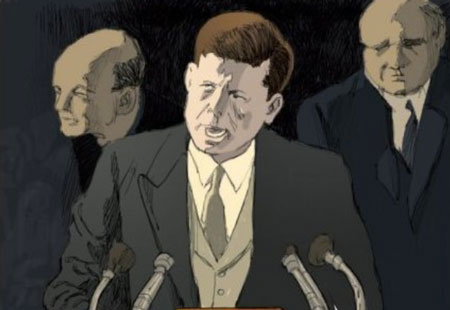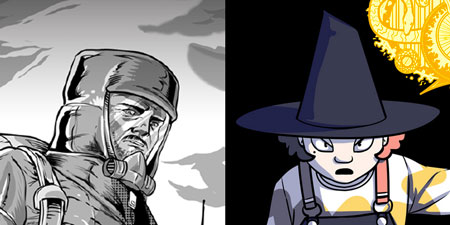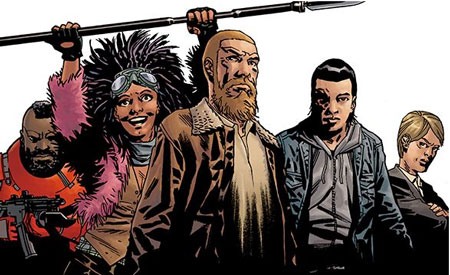
Roger Casement is known in the UK and Ireland as a British diplomat who joined the Irish Nationalists and, in 1916, was convicted of treason and executed. But the rest of the world is less familiar with his name. Enter Fionnuala Doran, who has released a graphic novel about him called The Trial of Roger Casement. In this episode, she talks with Emmet about the book, its protagonist, and the issues surrounding him, as well as some chat about Preacher and the new status quo in the X-men books.
Podcast: Play in new window | Download

